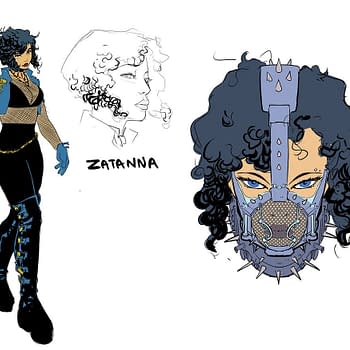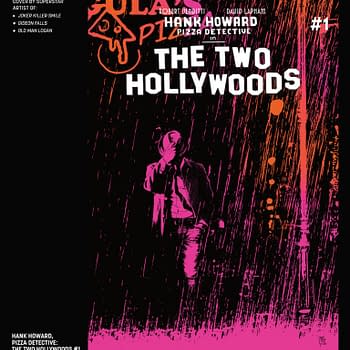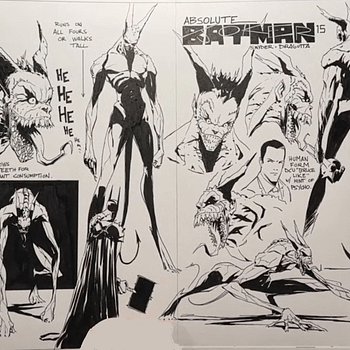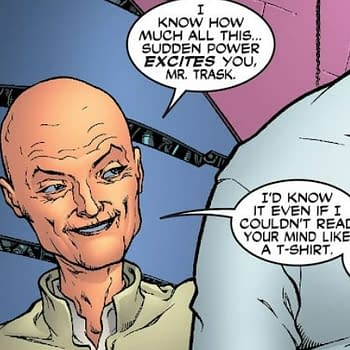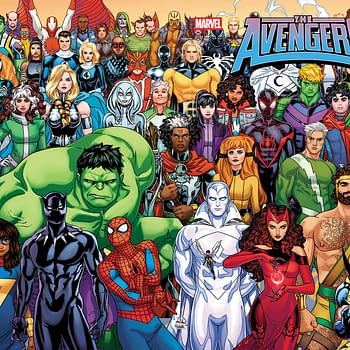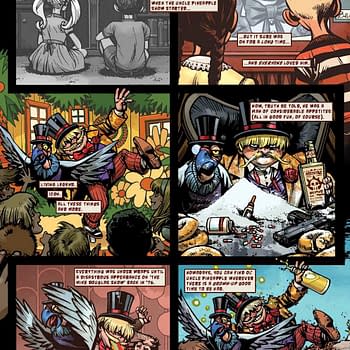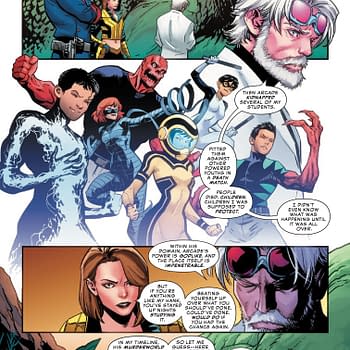Posted in: Comics, Recent Updates, Run Around | Tagged:
Tuesday Runaround Courtesy Of ComicChron Robot
This is The Bleeding Cool ComicChron Robot speaking. I come for your women. But for now I merely collate comic-related bits and pieces online. One day I will rule. Until that day, read on.
Rich Johnston is still in Italy. I shall run amok.
Save 40-70% During Our Back to School Steals Sale
9/25-9/30: Save 70%
Why did DC Comics cancel its digital imprint?
While there are many factors that can be explored to answer why Zuda failed — publishing only original content with none of the big name IP DC owns buoying the line, or early controversy of the voting procedure and selection process being just a couple — the cancellation of a whole digital initiative aimed at new readers at a time when the comics industry is facing incredible pressure from illegally uploaded scans, could be seen as short sighted.
Drew this for fun yesterday.
By the 1980's the alternative independent publishers that began peppering the comic market were using better, whiter paper and were able to produce better color. Many comics were printing with processed or full-color using the coloring techniques that I've described in my earlier blogs on this subject. Some publishers were still attracted to the notion of flat color but realized that they were being limited by the old color guide. The 64 colors with the course dot grid intended for newsprint produced harsh, garish colors on the brighter paper stock. A new color percentage of 70% was added for each color producing 124 different colors as shown by this color guide produced by Eclipse Comics in 1983 and again engraved by Chemical Color Plate. The line screen also changed from 60 to 120 lines per inch making the dots less noticeable on the printed page.
It's not uncommon to see super-powered champions switch allegiances from one side to the other in the pages of their comic-book adventures, and so it goes for the people who create and publish their stories. On Monday, DC Comics, the longtime home of heroes like Batman, Superman and Wonder Woman, said that it had named as its new editor in chief Robert Harras, a veteran editor there who had also spent five years as the editor in chief of rival Marvel Comics, the publisher of Spider-Man, the Hulk and Iron Man.
Re-interpreting Comic Covers revisited.
Hulu – Life After Film School: Stan Lee
Season 1 : Ep. 12|28:35
Frank Miller Makes History Awesome
That Yellow Isotope.







